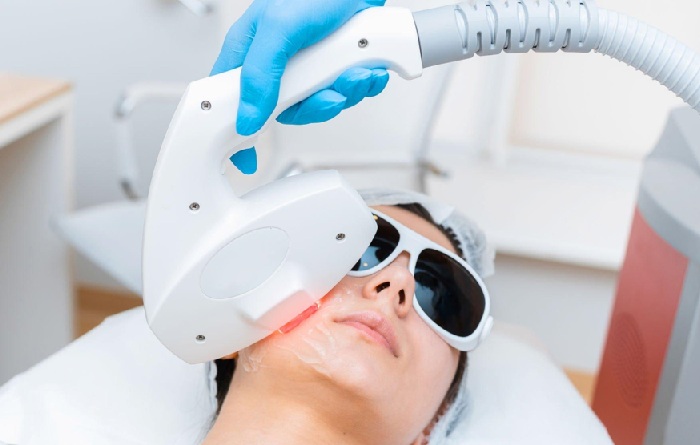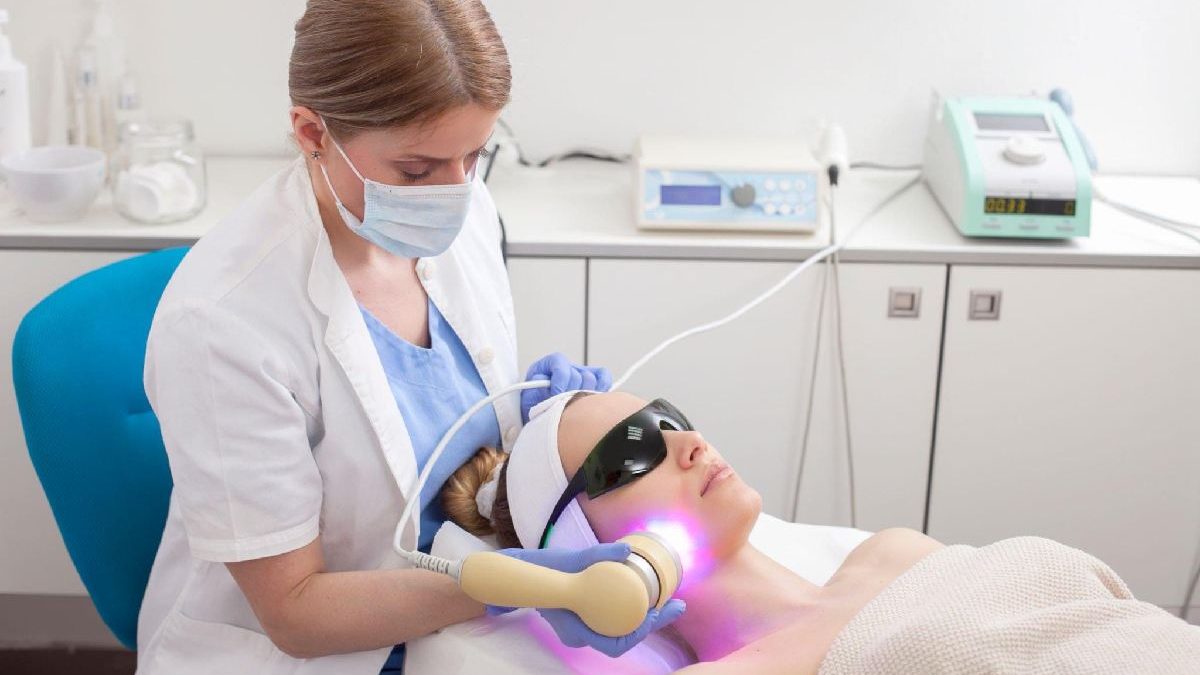Cold laser therapy, whose specific name is Low-Level Laser Therapy, known by the acronym LLLT ( Low-Level Laser Therapy ), is a health action that uses low-power lasers for various purposes. The most common is the treatment of pain and inflammation. However, it sometimes is seen by other names, such as LPLT (Low-Power Laser Therapy). In addition, other therapies are also based on exposure to a low-power laser, such as bio stimulation or laser acupuncture.
The development of cold laser therapy began in 1967 at the hands of Endre Mester, a student at the University of Semmelweis (Hungary), who experimented with the effect of low-intensity laser on the skin of mice with skin cancer. The name cold laser does not refer to the temperature of the laser itself but is opposing to the high-intensity laser that can burn skin and tissue.
Table of Contents
Operation And Mechanism Of Action – Cold Laser Therapy

The technique involves exposing the skin to laser rays according to a set of previously established intervals and times. Unlike the high-intensity laser that burn, the low-intensity laser stimulates damage cells, promoting their healing while reducing pain and inflammation. The mechanism of action is not very clear. However, it can reduce the pain associated. The adequate dose seems to be between 0.3 and 0.9 J/cm 2.
Another described mechanism involves cytochrome c oxidase. This mitochondrial enzyme is the last to participate in oxidative phosphorylation, the reaction that produces ATP (adenosine triphosphate) in cells. The cytochrome c oxidase molecule absorbs the energy of some of the low-intensity laser wavelengths, so the laser’s incidence would stimulate it.
Clinical Applications
The most widespread clinical application of cold laser therapy is pain relief. It is generally used within a pain control program in patients with chronic diseases. Especially those that affect the musculoskeletal system: rheumatoid arthritis, osteoarthritis, tendinopathies, or muscle contractions. The therapy not generally recommends as a substitute for other treatments, nor it recommends for use without medical supervision.
In the field of acupuncture, some practitioners suggests that cold laser therapy uses in the same way as acupuncture and acupressure. It is by directing the laser to specific points on the body for stimulation. This type of therapy is called laser acupuncture.
Some studies suggest that it may effectively promote wound healing and treat chronic periodontitis or infection around dental implants. Still, it has not been possible to identify the most effective dosage parameters and wavelengths precisely.
Effectiveness
There is some controversy surrounding cold laser therapy in the medical field. Although there is a scientific explanation for its possible effects, hence it is often classified as an experimental or developmental therapy. Therefore, patients interested in this therapy should seek qualified professional advice before deciding.
There is also no consensus on which wavelengths to use, dosage, or duration of treatment. Despite this, LLLT protocols have proven to have medium effectiveness in many cases, similar to placebos in the short-term improvement of pain associated with rheumatoid arthritis, osteoarthritis, neck pain, tendinopathies, and other chronic joint disorders. however, the evidence seems to be more effective.
Conclusion
Cold laser therapy produces lesser heat that don’t damage the body tissue. The light level is low comparing to other methods of laser therapy, such as those used to abolish tumors and thicken tissue.


